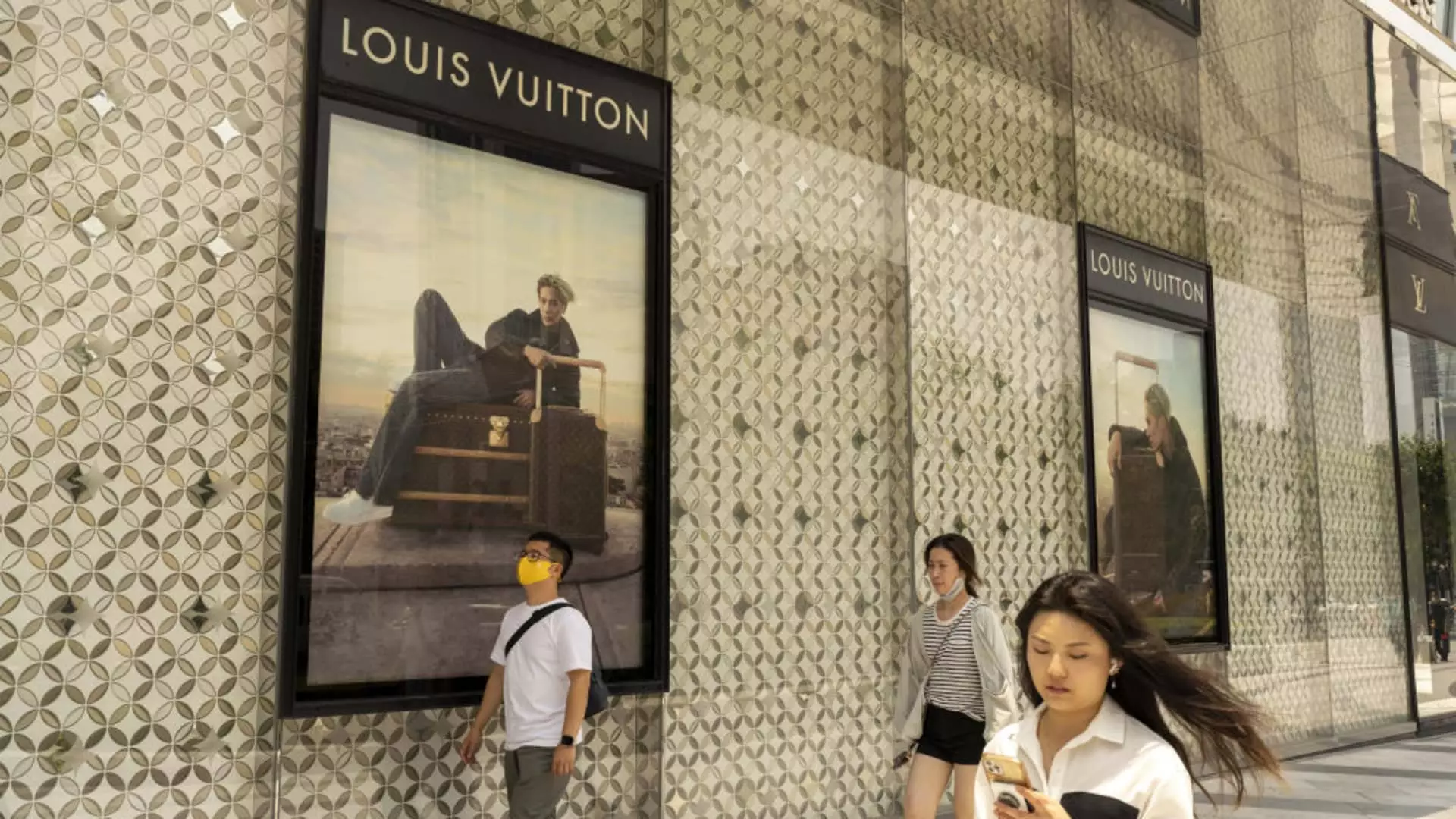The Shifting Sands of Luxury: Analyzing the Potential Decline of Chinese Consumerism in High-End Markets

For over a decade, China’s consumer market has been a veritable goldmine for luxury brands, propelling numerous companies to unprecedented financial heights. The insatiable appetite of Chinese nationals for high-end goods was a driving force behind the so-called “China luxury boom” that began around 2002. During this period, luxury brands like LVMH and Kering witnessed staggering growth rooted in this emerging market. As of late, Chinese shoppers accounted for approximately a third of global luxury sector revenues, with growth stemming predominantly from this cohort. However, shifting economic circumstances and evolving consumer preferences have introduced new challenges for the luxury industry.
In September 2023, the Chinese government implemented new stimulus measures aimed at invigorating the economy, which raised hopes for a revival in luxury spending. However, analysts express skepticism regarding the potential efficacy of these strategies. As consumer habits evolve, a critical question lingers: will Chinese shoppers return to their previous extravagant consumption patterns? Portfolio manager Ben Harburg poignantly remarked that many have “seen the wool pulled from their eyes,” suggesting that even increased discretionary income may not compel consumers to revert to past spending behaviors.
Currently, China is grappling with what many analysts deem “the worst consumer down-cycle” since its entry into the World Trade Organization in 2001. This reality has caused a significant impact on luxury brands, with declining consumer confidence mirroring lows experienced during the COVID-19 pandemic. LVMH, a key player in the luxury sector, reported a 3% decline in organic growth in the third quarter, painting a stark picture of the current landscape.
The stimulus measures announced by the Chinese government, which include easing property purchase rules and cuts to interest rates, initially sent stock prices soaring. However, subsequent underwhelming announcements and a resultant sell-off in mainland Chinese markets dampened this enthusiasm. While the stimulus initiatives are designed to bolster consumption and potentially stimulate spending on luxury goods, analysts remain divided on their long-term impact.
Critics highlight that measures are unlikely to specifically target luxury consumers. A notable point of concern is the high savings rate among Chinese households—around 31%—compared to the paltry 4% in the United States. This disproportionate saving behavior suggests that consumers may be more inclined to opt for domestic brands rather than splash out on expensive imported alternatives.
The landscape of consumer demand is undeniably changing, reflecting deeper social and economic currents. Recent years have seen a marked increase in the preference for domestic brands amid economic uncertainties. This phenomenon, termed “import substitution,” signifies a growing shift where consumers actively choose local alternatives over foreign luxury products.
Moreover, the broader societal context cannot be overlooked—government anti-corruption campaigns have tempered overt displays of wealth, leading to a societal trend where luxury consumption is viewed with skepticism. The emerging middle class is eschewing the ostentation previously associated with high-end markets for a more subdued approach to affluence.
As the luxury sector grapples with these significant changes in consumer behavior, brands are beginning to reevaluate their strategies to maintain relevance in a rapidly evolving marketplace. These companies may need to shift their focus toward emerging markets, recognizing that their traditional stronghold in China might no longer guarantee the same level of profitability.
Indeed, luxury brands are feeling the weight of the current economic strain, as evidenced by the decline in stock prices across major players. As the market stands, U.S.-traded shares of luxury giants are experiencing significant drops, in contrast to the broader S&P 500. For instance, while Prada has seen relative gains, others are lagging considerably.
The long-term prognosis for the luxury sector hinges on understanding and adapting to these nuanced changes in consumer attitudes. As the marketplace navigates through this metamorphosis, luxury brands must prioritize strategies that resonate with the emerging preferences of a more discerning and value-driven consumer base.
China’s luxury consumption landscape is at a pivotal turning point. As economic uncertainties loom and consumer preferences shift, luxury brands face a challenging environment that necessitates an agile approach. May this period of recalibration open doors for a more sustainable and innovative approach to luxury consumption that aligns with both local values and global trends—a challenging but not impossible endeavor in the evolving realm of luxury retail.





